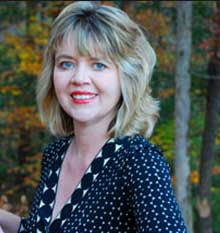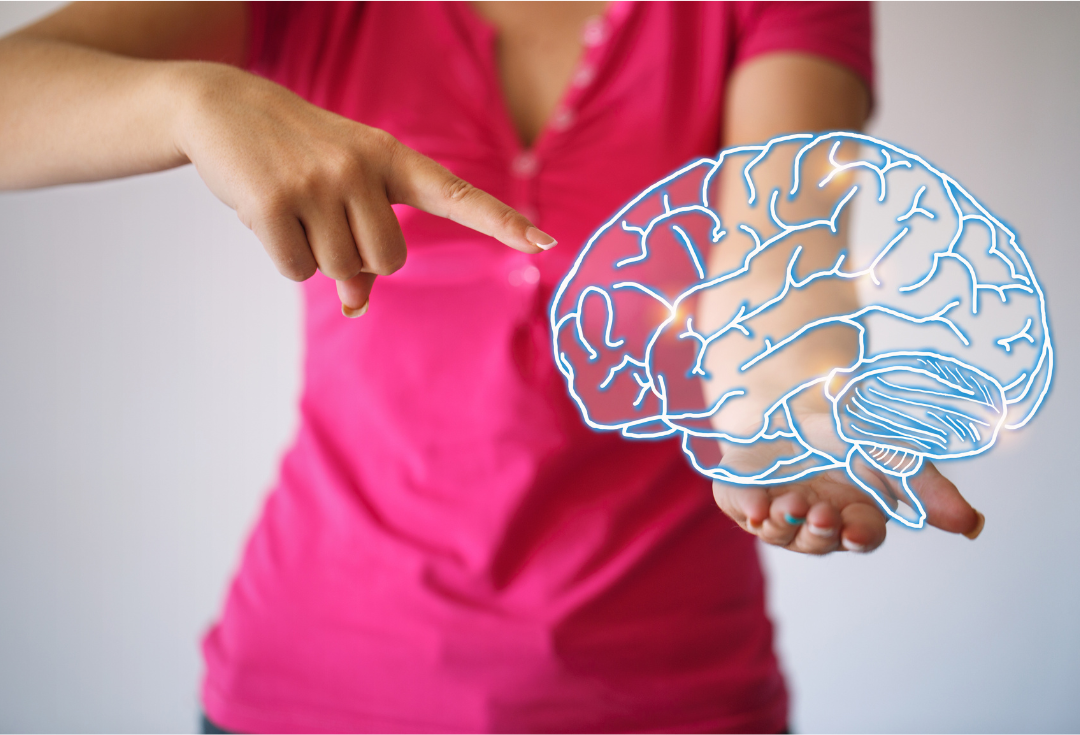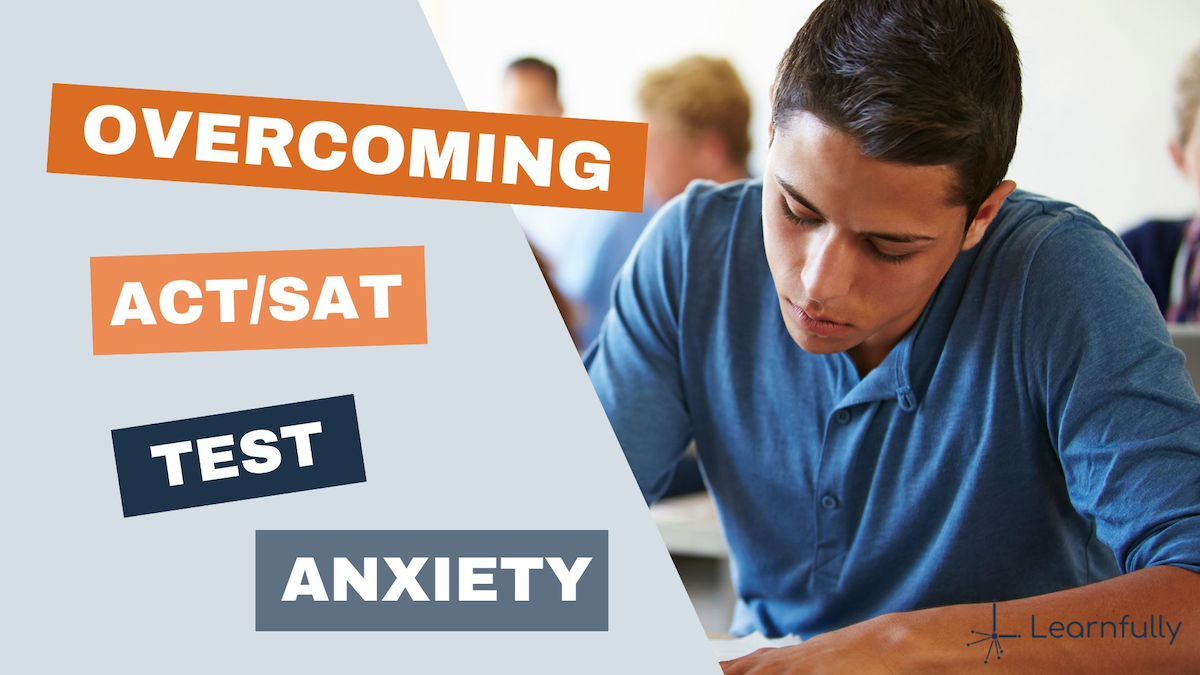I recently had the chance to sit down and pick the brain of one of the top speech-language pathologists and board-certified neurofeedback practitioners in the country, Dr. Williamson. I have been fascinated by how she uses neurofeedback as an assessment and progress monitoring tool for ADHD and Autistic learners, and I couldn’t wait to share these learnings with our community. In this piece, Dr. Williamson provides clear insight into the ins and outs of neurofeedback. Let’s dive in!
What is neurofeedback?
Neurofeedback (also known as EEG Biofeedback) is a way to measure electrical activity of the brain. The measurement of brain waves involves receiving information from the neurons that are communicating with each other. For data collection, a cap is attached to a person’s head to take measurements according to the anatomical locations. A computer is used to analyze the brain wave patterns and provide feedback. The assessment involves taking measurements of these locations. After the assessment, the treatment involves lightweight sensors attached to any areas of need, which provides feedback to the client to determine if they are meeting their personalized goals. This is a reading or measurement, just as a thermometer measures one’s body temperature, so there is no voltage or electrical current sent to the brain. The neurofeedback (NFB) practitioner will program the plan based on the QEEG (Quantitative Electroencephalogram) and standardized databases. The screen will turn dark if a patient is not focusing or turn brighter if they are. The goals are based on standardized procedures set forth by the databases that neurofeedback uses. Sometimes, when we assess learners with a lot of energy or need to move, we provide a visual distraction (a movie, for example), to make sure we capture an accurate read.
When do you recommend children get tested in this way?

Just about any condition can be improved through neurofeedback. Many of the studies conducted are with children that have a diagnosis of ADHD and/or Autism which is who we usually have as patients. For example, we are able to test the efficacy of certain treatments such as medication and we have patients come to us that want the procedure to eliminate the need for medication, reduce or stabilize medication. We know that certain waveforms are prevalent that cause slow processing. Hence, stimulant medications excite these waveforms and balance them out for a short period of time. Neurofeedback is a training that has been shown to be effective and endorsed by the American Academy of Pediatrics as a Level 2 treatment. We feel it is the best treatment to effectively train neurons and balance them out without the need of medication or reduce medication. To learn more about what symptoms or diagnoses may warrant a scan as well as what to expect during the scan itself, check out this wonderful resource.
How do you ensure you capture an accurate appraisal?
Neurofeedback is done best when a QEEG is done. A QEEG is a diagnostic tool that measures electrical activity in the form of brain wave patterns. Only trained neurofeedback professionals are aware of how to test for this. The process involves a patient wearing a cap corresponding to specific areas of the brain. Electrogel is placed in tiny holes for the cap for measurements. Neurofeedback professionals are specifically trained on the implementation and reading of these brain maps. In addition, there are different procedures that are implemented for neurofeedback professionals. Only those professionals that are board certified by the Board Certification of International Alliance (BCIA) should be used. A patient can search by state/location to find a certified professional. BCIA trained professionals have gone through specific training and passed board exams to obtain this status. These professionals know how to obtain a good reading (e.g. reduce artifact or noise in the signal) as well as interpret the results and obtain a plan that can put caregivers and their learners on the path to success.
What are some common recommendations that may follow the scan?
Depending on the neurofeedback professional and the database used, the professional should present the patient with a QEEG report specifically indicating areas of the brain showing abnormalities and a specific plan to treat these areas. Sensors or electrodes are placed in a location (or locations) based on the QEEG to train these sites. Neurofeedback is based on self-regulation and self-control. The patient will learn what they need to do to focus on the stimulus. The treatment is based on the principles of operant conditioning: sensors are placed on the sites, and the patient can only see/hear the stimulus when they are at a certain level (a set threshold as programmed by the neurofeedback professional). Trainees learn from the feedback provided through the reinforcement and how to stay alert, relaxed, and focused. The neurofeedback practitioner tracks progress and is able to see the trend of activity of the brain through the measurement of the EEG signals provided from the sensors.
What is the anticipated impact of said recommendations (acknowledging that everyone is different)?
Although the number of training sessions varies and is individual specific, the general impacts have been research validated. However, the average number of sessions is 40. In addition, each person is unique with their own set of features and responses. The QEEG is a map of what to do for treatment, but not everyone responds the same way. Therefore, the reinforcement schedule can be modified based on a patient’s needs. Remapping can be done to determine progress, percent of brain change, or changes for a plan for an individual.
Can you diagnose using the results?
You do not use a QEEG by itself to diagnose solely, but it is part of a multidisciplinary approach. We will use it as part of our total assessment. If we do find there are frontal/executive lobe abnormalities, there are diagnostic codes that can be used to reflect these abnormalities.
Any final thoughts you wish to offer to our shared audience?
Neurofeedback has been studied for over 100 years and has been proven effective to improve processing and memory for many disabilities. Depending on the professional, neurofeedback practitioners can assess and determine improvement and percent of brain change after treatment. Neurofeedback is highly successful and is known to be long-lasting based on longitudinal studies. In addition, neurofeedback can be done at home; however, it is strongly recommended that the assessment be done in the neurofeedback practitioner’s office. Due to our specialty, we have added this to our cognitive procedures, so we have been effective billing and receiving insurance benefits for patients in the state of SC. Different professionals can do NFB as long as you are in healthcare—I am a PhD speech-language pathologist, but many doctors, psychologists, mental health counselors as well as chiropractors use this procedure. We are unique in that we have been successful receiving insurance benefits for this procedure. Reimbursement for insurance is based on the discipline/credentialing of the provider, benefits for a patient’s plan, as well as diagnosis of the patient.

Dr. Shannon Williamson is a speech-language pathologist and board certified neurofeedback practitioner. She received her Master’s and Doctorate degrees from the University of South Carolina. She has been employed as adjunct professors at the University of South Carolina and South Carolina State University, lead speech-language pathologist and curriculum coordinator for speech-language pathology in the public school system, and most recently administrator in two rehabilitation clinics in private practice. Dr. Williamson has helped children in all types of settings-public school, private school, homeschool, rehabilitation clinics as well as preschool/early intervention. She was recognized as a Worldwide Leader in Healthcare in 2014 and featured as a top ten leader in Healthcare by Women of Distinction in 2016. Dr. Williamson currently owns and directs Upstate Pediatric Speech Therapy Services, two clinics in Upstate, SC that provide therapy services for children with language and learning disabilities, communication impairments as well as ADD/ADHD.
For additional questions or inquiries, Dr. Williamson can be reached at drswilliamson@pedspeechtherapy.com.











